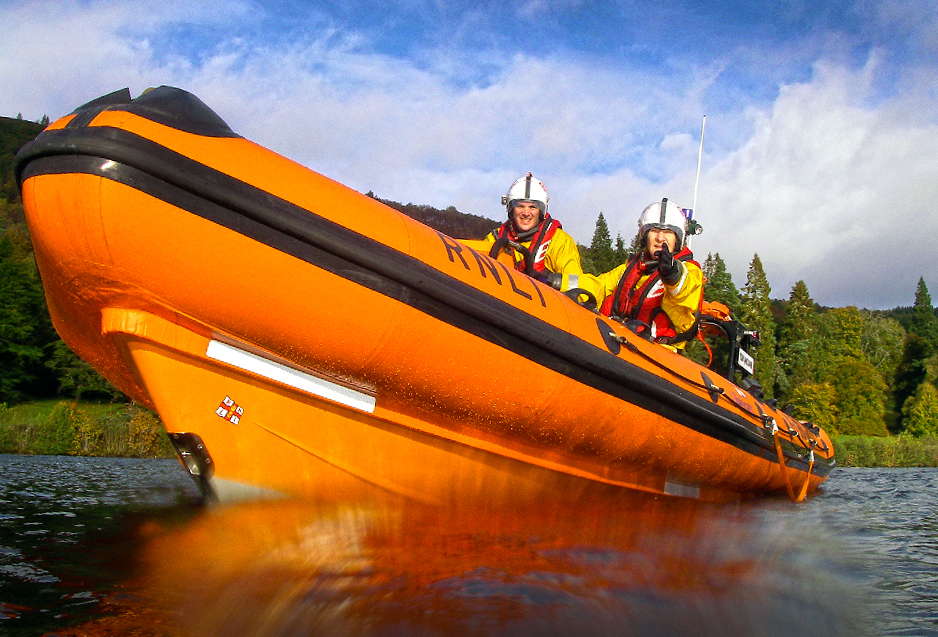A major search of Loch Ness and the Inner Moray Firth was launched after a marine VHF distress call was received by HM Coastguard in Aberdeen this morning.
But nothing was found and the cause of the call remains a mystery.
The Digital Selective Calling (DSC) signal originated from a marine VHF radio, but it did not include a location reference, as is normal.
Using signal strength technology, Coastguard officers were able to narrow the likely source area to Loch Ness and the Inverness area and Loch Ness Lifeboat volunteers were paged to search the entire area of Loch Ness.
RNLI volunteer crew members Neil Stebbings, Garry McLeod and Joy Cameron were initially tasked to search the southern part of the loch from Drumnadrochit to Fort Augustus then back up to Foyers.
A spokesman for the Loch Ness Lifeboat crew said: “Search conditions were ideal being clear and bright, but it was bitterly cold.
“After an hour and a half, the RNLI inshore lifeboat – an Atlantic 75 RHIB – returned to the volunteers’ base near Drumnadrochit for a crew change.”
Crew members Sandra Delday, Howie Whyte and Garry McLeod then searched the upper part of the loch from Drumnadrochit to Dochgarroch and back down via Dores.
The spokesman said: “The extensive search found nothing to indicate evidence of a vessel in distress and the lifeboat crew returned to station.”
At the same time, Kessock Lifeboat was tasked to search the inner Moray Firth in case the signal originated in that area, but again nothing was found.
Coastguard officers were able to trace the registered owner of the VHF radio that matched the unique identifying number for the distress signal, but he lived in Kent and had sold the vessel containing the radio 10 years ago.
A vessel of a similar description was traced to Inverness Marina, but it was found to have no one onboard.
It is thought the signal may have originated when power was briefly restored to a vessel, possibly during pre-season checks and maintenance.
